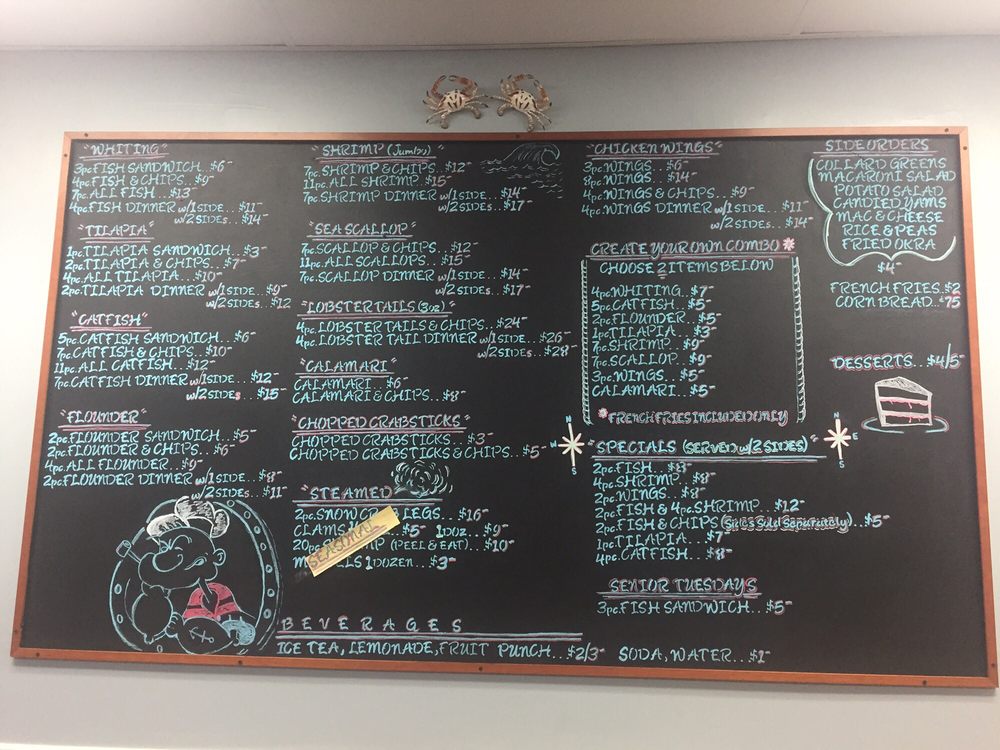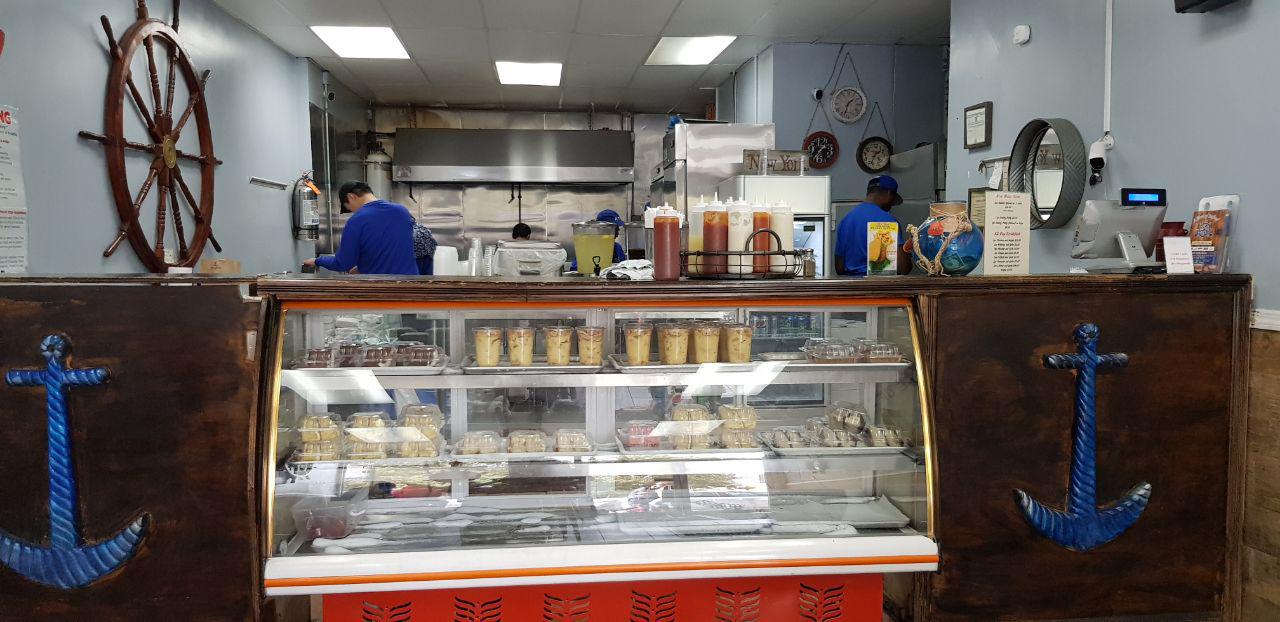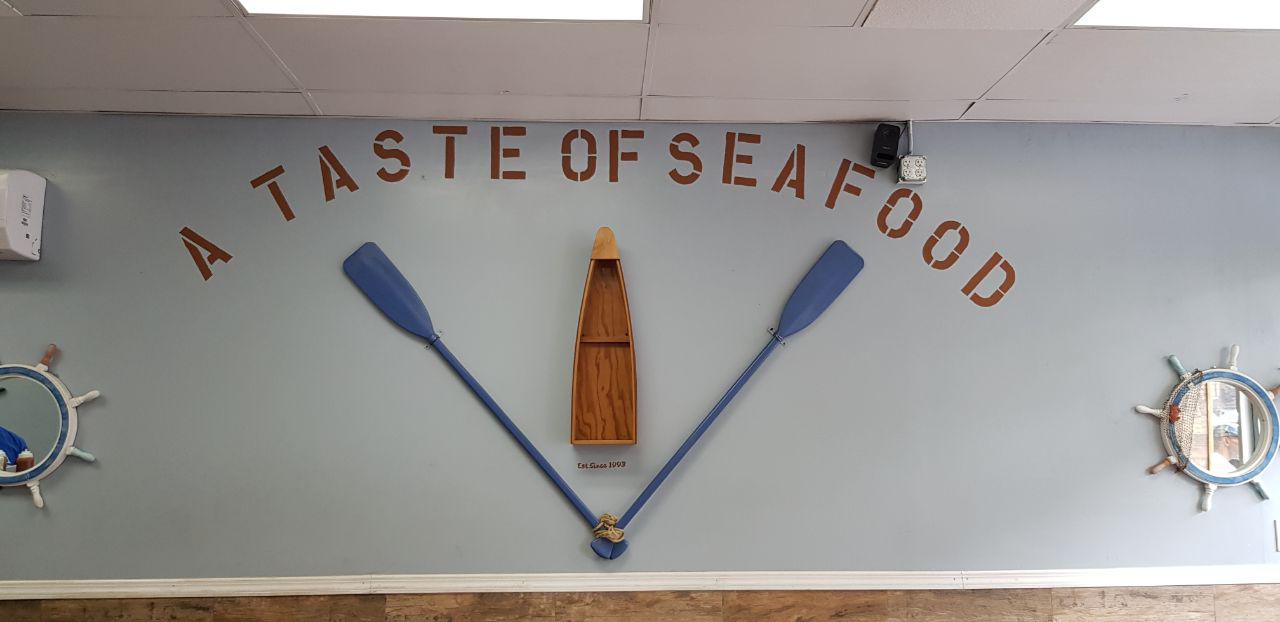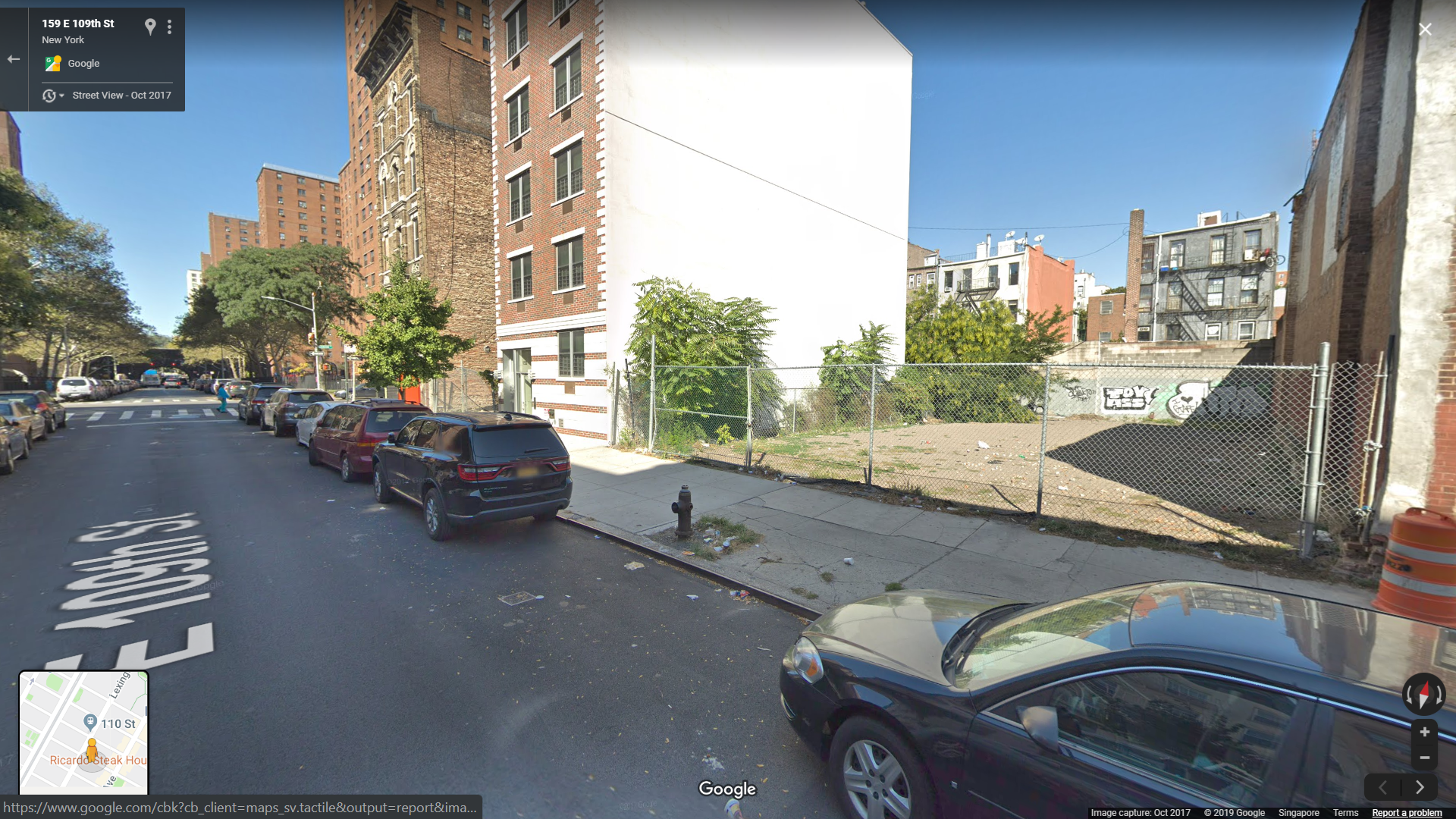Trash to Treasures
in East Harlem
In this part, I will wrap up the first destination of the day. As previously written in the first two parts, Molina takes the time to curate his collection, dividing them into different aisles and sections. The cover photo for this part above shows different memorabilia and photos, they seem to be taken at the turn of the 20th century or so.


There were a few other sections that were pretty interesting, spread around the space.









One of the main highlights of the Museum of Trash is a Star of David that was made from the remnants of the melted steel from one of the two towers from the tragedy of 9/11. It was in remembrance of a victim, and Molina found it almost a decade ago.
I did some digging to find more information about this piece in particular and apparently the original owner said it was accidentally disposed and will soon be placed in the 9/11 Memorial Museum in Lower Manhattan instead.
The Museum of Trash was one of the most memorable places I visited in New York, in a section of East Harlem that most New Yorkers have likely not ventured into. Sadly, this collection is set to move in the next couple of years from this current location, and continuing to rent a building to store this collection is highly expensive (no thanks to growing gentrification in East Harlem).
I lingered on for as long as I could, exploring every inch of the space as much as I could. But I had to keep to a tight schedule as I had to get my own lunch in the area before meeting up with two other friends to head even further northwards.
I reluctantly headed downstairs again and snapped one last photo of the stairway before emerging out into the crisp, autumn air once again.

The streets were still fairly quiet even though it was just past 1.00pm in the afternoon. A quick check on how to get to my lunch venue showed that I had to walk through the George Washington Housing Projects to get there quickly. They looked safe enough to walk through on my way here so I decided to briskly walk through the area while keeping a close eye on my surroundings
Despite being close to one of Manhattan’s richest neighbourhoods (Upper East Side), East Harlem or El Barrio is known to many as a no-go zone, with shootings still being a fairly common occurrence, especially at night. Moreover, East Harlem has one of the highest densities of public housing projects (usually synonymous with high crime, drugs and shootings) in the whole of America, second only to Brownsville, Brooklyn, which has the nickname of the murder capital of New York (I will feature Brownsville in a later post).

Source: Wikipedia
On another note, I was curious why there was so much stigma surrounding this neighbourhood, as I was usually met with raised eyebrows when someone asked me if I had a favourite Manhattan neighbourhood and I would reply nonchalantly, “East Harlem”. I just finished reading a book called In Search of Respect by an anthropologist, Philippe Bourgois, who spent several years befriending the locals in East Harlem in the 1990s when it was a haven for crack cocaine, and he explored many sociological factors that kept the denizens of East Harlem in a cycle of violence, drugs and poverty.

As I walked through the Carver Houses (another name for the George Washington Housing Projects – not exactly a name that evokes warmth and friendliness), the area was surprisingly quiet and well-maintained. I took a quick video of the surrounding area in the middle of the projects.
I made my way through to the end of the projects without any problems and finally got to my lunch venue, a place called A Taste of Seafood, along 3rd avenue. The aroma of freshly battered and fried seafood wafted into my nostrils as I opened the doors of the eatery. There were a few tables strewn around, and were already mostly occupied by African and Latin American families.


Initially, there was an African American woman in her fifties at the cashier and I stepped up to greet her a good afternoon. She held up the palm of her hand, signalling me to wait, and got the Asian guy in the left side of the room to get my order instead. Maybe some previous Asian customers pissed her off in some way…
In any case, I was famished and decided to get a double portion of the 2 piece flounder and fries, which amounted to just $12.00! In the meantime, I was discreetly doing some people watching as the other patrons dug into their food, with one boy eyeing me curiously. I took a photo of the side of the eatery as well.

After 15 minutes, another African American lady called out my number and she kindly told me that I could put some sauce first at the side of the takeaway box before she helped to pack it up. Thanking her, I squeezed in some tartar sauce at the corner and she professionally helped to pack it up to ensure that nothing would leak out. Although apparently it is not customary to tip for take-outs, I usually like to give at least 10% and since the food was already so cheap, I was more than happy to pass her a few extra dollars for her help, which seemed to make her day too.
Armed with my lunch, I proceeded to walk to the next block to head to the 110th street 6 train station. Along the way, I noticed that a few teenagers were lined up against a fence, with two individuals facing them. I crossed the street to the other side to observe from a distance, and it seemed to be two plainclothes officers interrogating some teenagers, although they were not handcuffed.

I proceeded to turn the corner and quickly saw the uptown 110th street station entrance beside a deli. There was also a towering housing project beside the downtown entrance and I mused about how the area would be like at night.
The 110th street station was featured numerous times in the book above, and the ground used to be littered with broken crack vials and drug dealers on every corner, guarding their turf fiercely. However, I saw nothing like that, although the area did seem a little grittier than the 103rd street station.
I eagerly made my way down to the subway so that I could start feasting on my lunch. Although New York’s subways are known to be rat-infested and filthy, I was just thankful to find a fairly clean spot on a bench to start eating while waiting for my two friends to arrive from downtown.

As I started wolfing down my meal, three African American grannies walked by to take up the remaining seats on the bench while eyeing what I was eating, and one of them remarked, “That smells good!”.
For some inexplicable reason, I instantly offered her and her friends to try some, saying it is flounder and be sure to get some sauce on it too. They each grabbed a small piece and dipped it into the sauce and agreed in unison that it tasted great. One of them asked me where did I get it from, and after telling her, she thought for a bit and recalled that she had been there before.
The uptown train soon arrived and we all mutually wished one another a good day; I was still waiting for my two friends to arrive and I was taking my time to savour my lunch.
Reflecting back on that experience now, I cannot imagine doing the same thing in Singapore. Maybe Asians are more guarded and offering a stranger some food from your plate/tray would likely result in a polite decline, which defeats the purpose of offering in the first place. Something to ponder on I guess…
After a few more uptown trains, both friends finally arrived. Arby is a Swiss-Albanian and my closest pal for many of my New York adventures, while Gregor is a towering Austrian dude who has an insatiable appetite and joined us sometimes on our adventures.
We exchanged greetings and waited for the next uptown train that would take us deep into the Bronx, which is New York’s least explored borough due to its reputation for being a rough place. Moreover, the area (Morrisania) we were heading to was in South Bronx, which is probably the most dangerous section of the Bronx.

Despite the area’s fearsome reputation, I convinced the two of them that it would be worth it to head there together after some persuasion; I was definitely glad for the company this time too, as I had only been to the Bronx once before (Fordham) and had no idea how dangerous other sections were.
What exactly was worth the journey all the way to one of the most dangerous sections of New York City? All will be revealed in the next post!